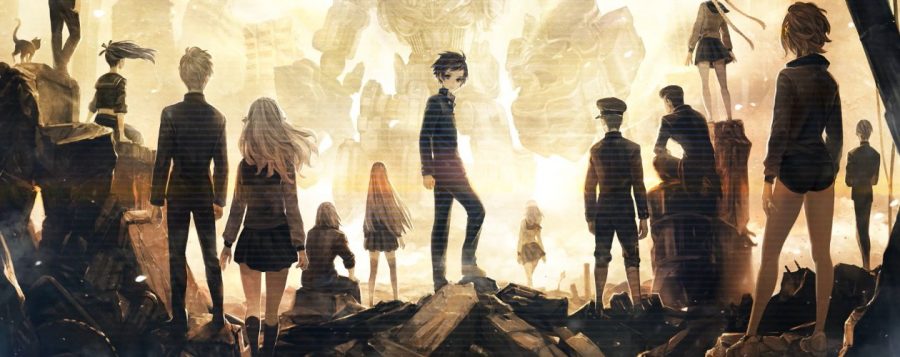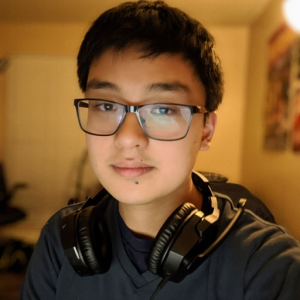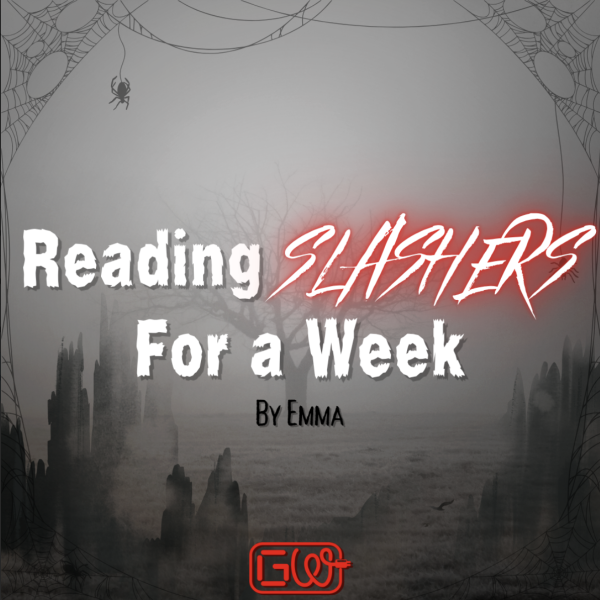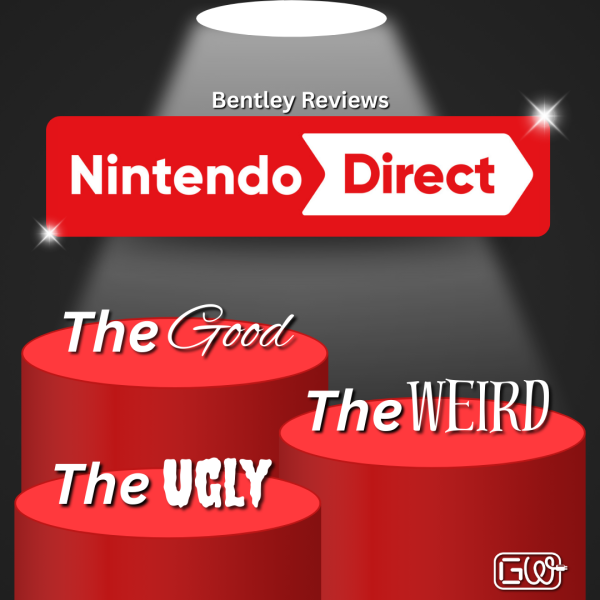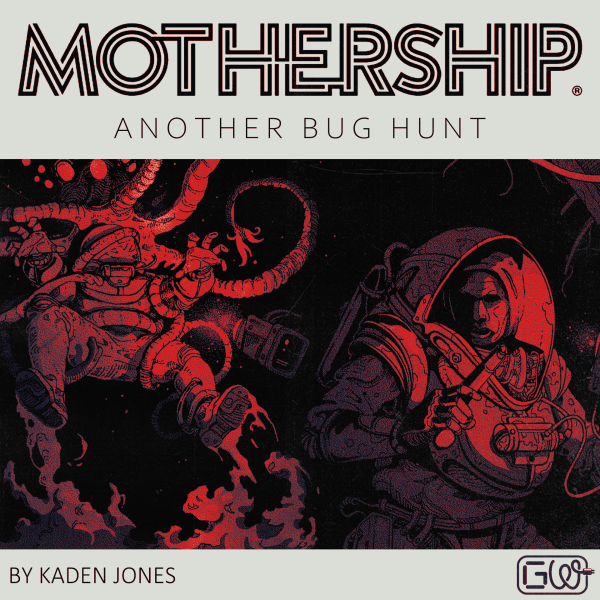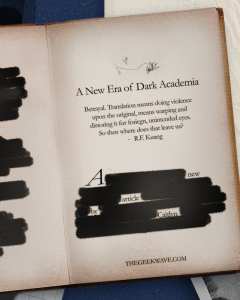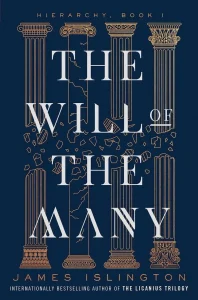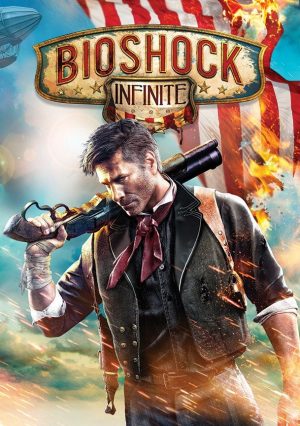You Owe It To Yourself To Play 13 Sentinels
You will never experience another game like this.
March 30, 2021
How does one go about recommending a 40 hour long, time-traveling, multi-timelined Japanese RPG to the average person? This is my conundrum when it comes to writing about 13 Sentinels: Aegis Rim. It’s a challenge to try to summarize my thoughts but I’ll try to, starting with this statement:
13 Sentinels: Aegis Rim is the most ambitious video game I have ever played. It is criminal that it hasn’t gotten the attention it deserves. If games like God of War (2018) and The Last of Us Part II are meant to be the pinnacle of modern-day storytelling in games, then 13 Sentinels deserves to stand next to them as one of the best narrative-driven games of this generation.
Released worldwide on September 22nd, 2020, 13 Sentinels doesn’t just offer a good story. The game’s developers, Vanillaware, come in swinging with the beautiful watercolor art style they’ve been known for since the release of Odin Sphere back in 2007. The main gameplay is fast, punchy, and rewarding, recognizing good decisions made before, during, and after each encounter.
Going back to the story, it follows a varied cast of wonderful characters, managing to juggle a mind-blowing 13 protagonists without ever skipping a beat in terms of character writing and pacing. I find it difficult to show the full vision of this game’s scope, as it is very easy to overlook everything that happens in it. This is why I am saying – YOU OWE IT TO YOURSELF TO PLAY THIS GAME!
I wholeheartedly admit I cannot do it justice. My only word of warning is that you should go in as blind as possible. Watch a trailer or two at most, maybe a few moments of the introduction to see if this is really your cup of tea. But I implore you, if you have any second thoughts, to get it nonetheless and really just enjoy the absolutely insane experience it offers. For everyone else who is not yet convinced by what I’ve said so far, feel free to read on.
Be warned, I will be spoiling things up to the prologue, and again 13 Sentinels deserves to be played with as little knowledge about it as possible. You have been warned.
Okay, with that out of the way, let’s go ahead and move on.
Punching Kaijus
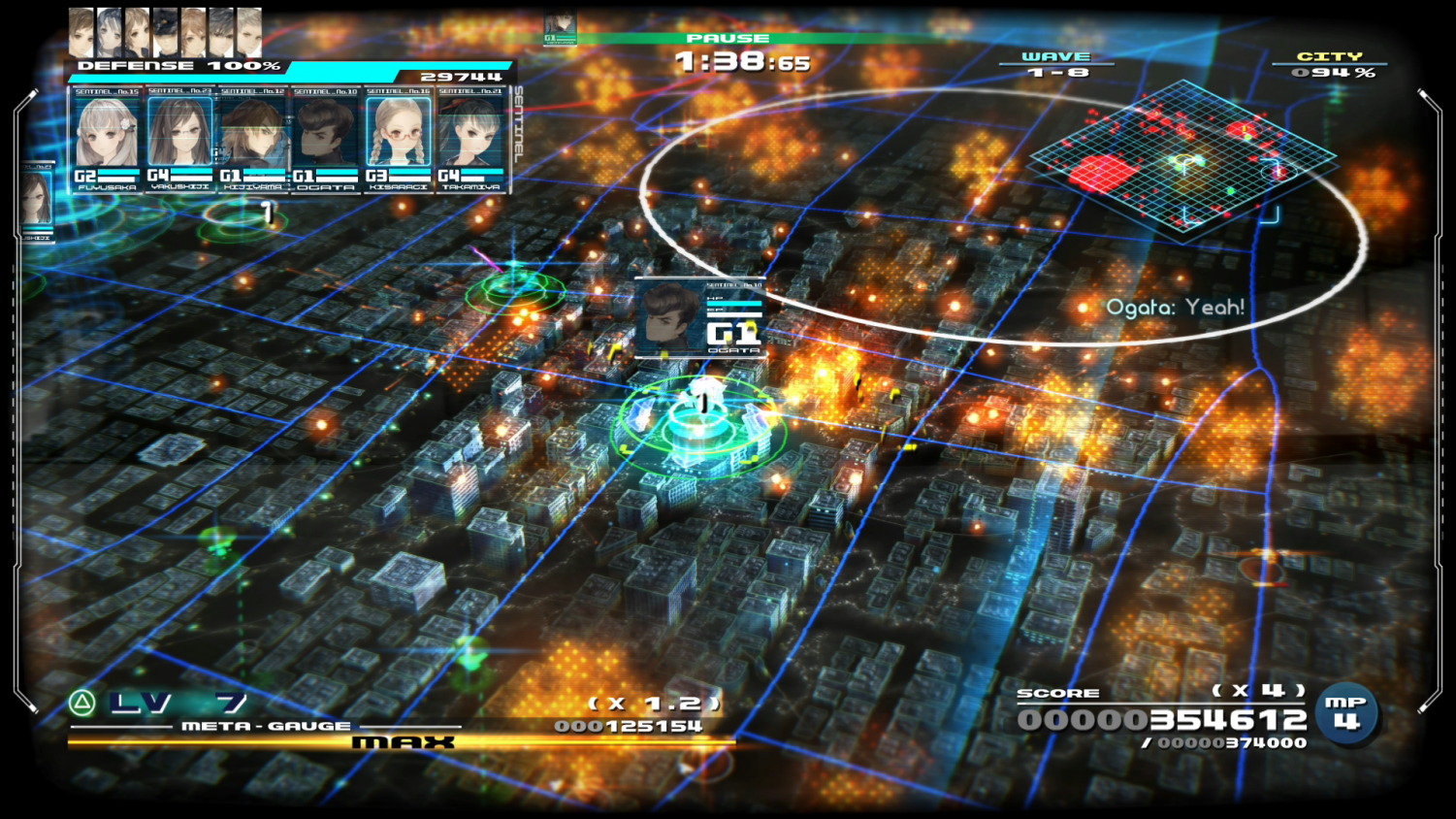
To start, the gameplay of 13 Sentinels is split up into three distinct parts: Destruction, Remembrance, and Analysis.
Destruction easily has the most interaction, being a turn-based strategy game reminiscent of titles such as XCOM or Fire Emblem. The player is in charge of controlling six team members against waves upon waves of different enemies known as Kaiju. The team members are all teenagers who, due to one reason or another, are able to pilot Sentinels, giant mechas armed with different kinds of artillery and called upon in the middle of combat.
Your goal is to protect a specific part of the map by destroying kaiju while also keeping your team members alive. If one of your team members gets forced out of their mecha and dies or your base is destroyed, it’s game over.
The game grades you based on your performance after each mission on things such as city damage and how safe you were with your pilots. Trying to earn high marks encourages smart decision-making as you play. Bonus objectives stated before the mission allow players to earn Mystery Points, which unlock specific details about the story if in Analysis mode. Along with the bonus objectives, mission briefings allow you to best prepare for the next encounter based on what details are shown.
There are four different sentinel types to choose from. First-generation sentinels are brawler types, using close-range moves to defeat opponents quickly but unable to attack flying enemies. Second-generation sentinels are all-arounders, able to both shoot and punch foes at will, but being masters of neither. Third-generation sentinels use long-range combat only, able to take out many foes from a distance but with terrible close-quarter abilities. Finally, fourth-generation sentinels are fast support units, able to move quickly wherever needed to keep their fellow units healthy, but weak by themselves.
Since there are only six members in a single unit, you always end up having an imbalance of troops, making the choice to bring more of one type of sentinel an important one. However, you also have to consider the condition of the pilot, and if they are worth using at the time. If you use a single pilot too much, they get fatigued and are forced to sit out the next mission. This is the resource management part of the game, as you juggle thirteen different pilots and try to always keep every option available. You can always rest your crew to reset fatigue levels, but you then lose your win streak resulting in a loss of bonus point multipliers. You need points in order to better upgrade your pilots and their abilities. It all combines to create this feeling of fighting a losing battle and raising the stakes with each minor victory.
Regarding difficulty, normal mode felt a bit too easy. It got to the point that I got a strong feeling of ludonarrative dissonance while playing. The story emphasizes that each fight these teens are going through is brutal and tough, but making the game too easy for yourself makes it harder to empathize with their cause. With that in mind, I suggest that you play this game on the hardest difficulty possible. Increasing the difficulty means you’ll need to be smarter about your planning, and really push yourself to do the best you possibly can to keep these pilots alive.
The Story is the Main Attraction
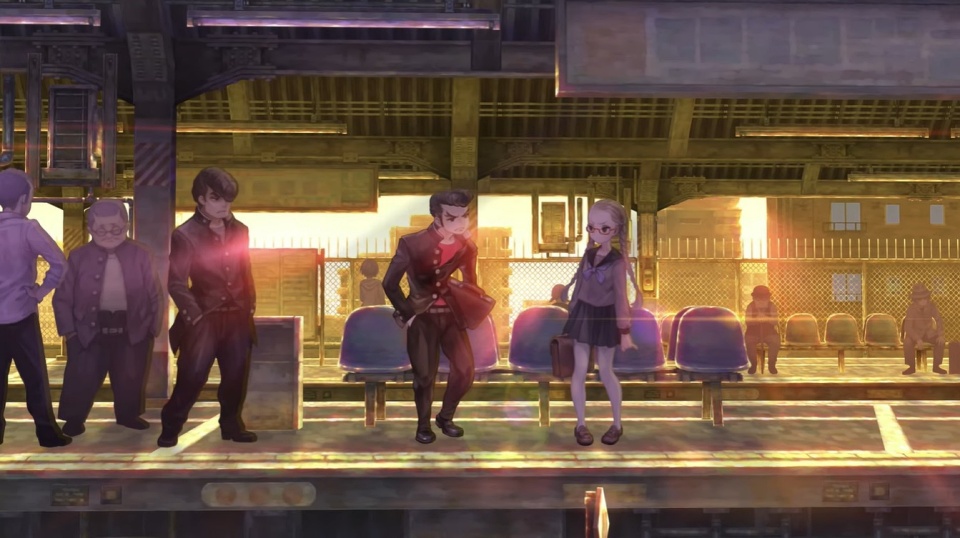
I feel it necessary to discuss the other two game modes, Remembrance and Analysis, simultaneously as they very much work in tandem to provide a very engrossing story.
Remembrance
Remembrance lets you play as one of the thirteen pilots and has you go through different story arcs with each of them. It is your duty to try and figure out how they are involved with these giant invading kaiju and understand why they are here. Within each section you wander around different locations of the city, talking to a variety of NPCs to learn more about what is going on. Storylines vary for each character, with someone like Juro Kurabe (arguably the main character of this story) getting more screen time than my favorite character Nenji Ogata (a punk Japanese kid who is in fact voiced by Billy Kametz in the English dub who is the voice of Josuke Higashikata from Jojo’s Bizarre Adventure: Diamond is Unbreakable). You can play their story pieces up to a certain percentage until the game blocks you from continuing forward. The story block generally means you must complete another section of the game before continuing which can range from playing more of a different character’s story mode, unlocking more files in Analysis mode, or fighting in more missions in Destruction mode. This is how the game interweaves its story, pacing it out so that things progressively make more and more sense as you figure out all these different connections and what exactly is going on. I can’t imagine the number of hours spent creating this system alone, since story beats need to end on great, connecting cliffhangers so that the player understands how it is all connected. It is a beautiful and insane mess and I LOVE IT!
The final thing I have to say about Remembrance is that in the prologue alone, the game manages to fit references to Godzilla, ET, The Matrix, Men in Black, War of the Worlds, Groundhog Day, World War II, and even Madoka Magica with all the plot threads they introduce. The best part is that it all works! By the end of the game, if you manage to pay enough attention to what’s going on, the plot comes together to create a narrative that’s easy enough to follow by the end.
If you’re at all worried about the number of cutscenes you’ll be watching, don’t be. Scenes are skippable if needed and the voice acting, especially for the English dub, is phenomenal, with a score that manages to accompany each scene perfectly and set the intended mood.
Analysis
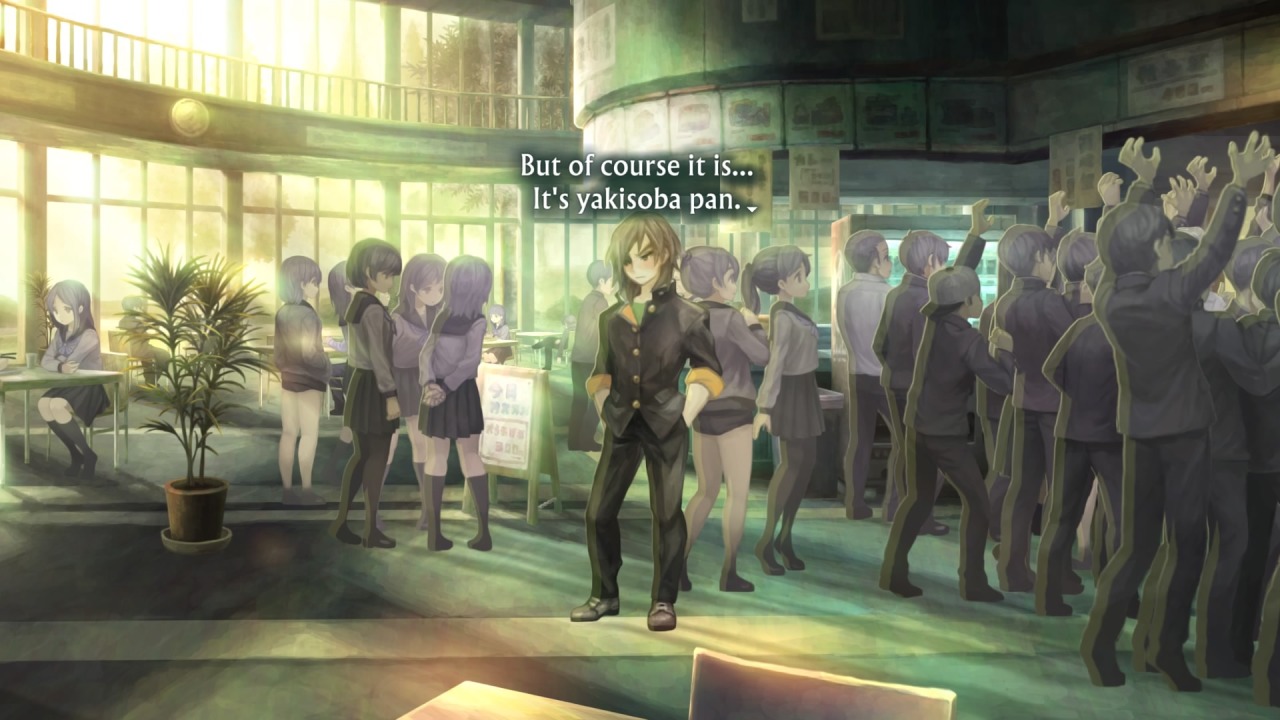
Now, if you are at all confused about anything, the final game mode, Analysis, helps to organize your thoughts by being one of the best detective modes in a game. It is thorough, to say the least, being split into two distinct sections to allow for better ease of use.
The first section is the files section, where you spend Mystery Points earned from playing the other two modes to unlock notes about certain aspects of the game, such as characters and key items in the narrative. This section acts as a good refresher to allow the player to understand how many moving pieces there are.
The second section is the timelines section, showcasing a multitude of different timelines showing exactly what is going on in chronological order. Not only that, there are multiple timelines that center around each specific member of the cast, meaning that you can see the exact arc a single character goes through and understand where they show up and how they relate to the other members. Again, it’s all crazy, but so, so worth it.
Conclusion
13 Sentinels: Aegis Rim is a PS4 exclusive and is currently retailing for around $50-60 on Amazon. It has managed to go on sale once in a blue moon on GameStop’s online shop and it is probably your best bet on getting the game cheap. If that’s still too expensive for you, a number of lets plays and long plays have been posted on the internet for your viewing pleasure (I personally recommend WoolieVersus’s let’s play of the game – featured below – as he and co-host Reggie provide enjoyable commentary, along with his spoilercast of the game is a lot of fun to listen to).
13 Sentinels: Aegis Rim deserves far more love and attention than it got on release. The game is beautifully crafted from start to finish and provides an experience no other game can even try to offer. You owe it to yourself to play this masterpiece of a title. I promise you won’t be disappointed.

